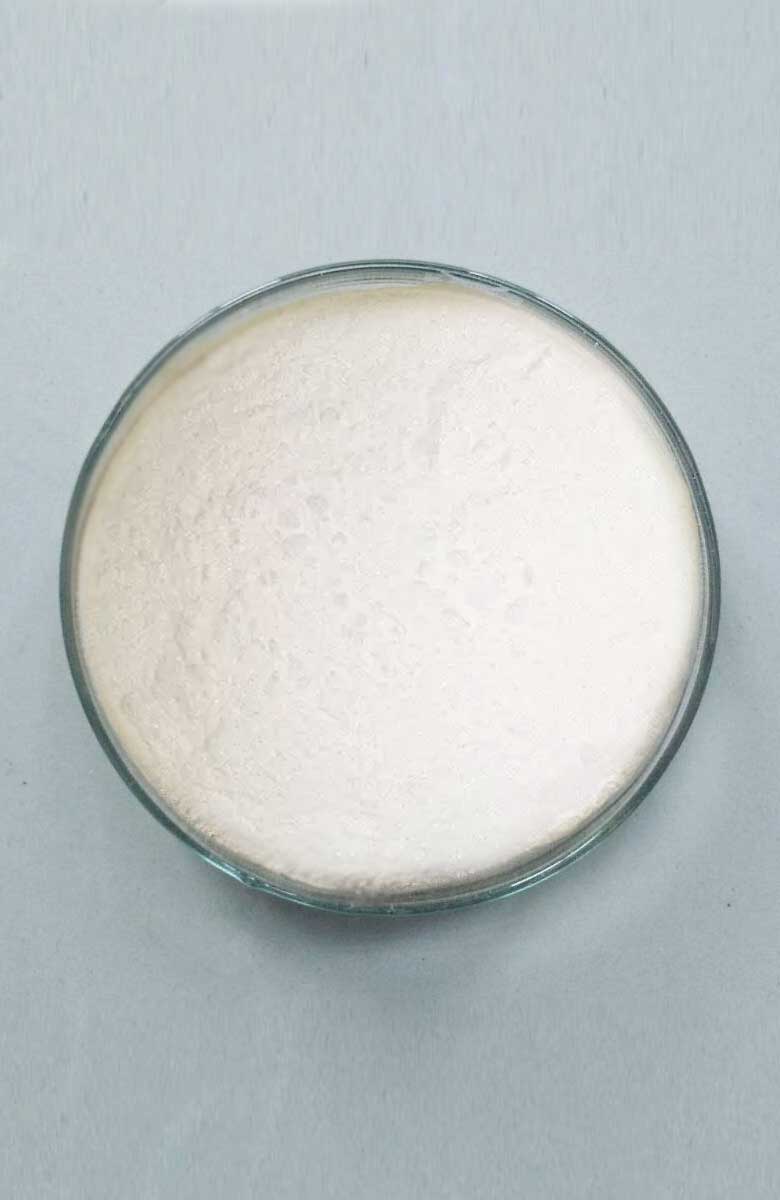L-threonine Feed Supplement
Certification: ISO, KOSHER, Halal, HACCP.

Product Information
- Molecular formula: C4H9NO3
- Specification: 99%
- Appearance: white crystalline powder
- Detection method: UV
- Mesh screen aperture: 80 mesh
- Use: food, medicine, health care products
- Samples: free samples
- Package: 1kg/bag, 25kgs/barrel
What is threonine
L-threonine is an essential amino acid. It is primarily used in medicine, chemical reagents, food fortifiers, feed additives, and other applications.In particular, the amount of feed additives has increased rapidly. Threonine feed supplements are often added to the feed of young piglets and poultry, which is the second limiting amino acid of pig feed and the third limiting amino acid of poultry feed.
Main sources
The main food sources of threonine feed supplements are fermented food (cereal products), eggs, chrysanthemum, milk, peanuts, rice, carrots, leafy vegetables, papaya, alfalfa, etc
Dosage of threonine feed supplement
The threonine content in the feed for laying hens is 0.4% – 0.5%, which can not exceed 0.9% at most. That is to say, 4-5kg L-threonine feed supplement is required in one ton of feed, and 40-50g threonine is added to 100kg of feed. Therefore, different feeds need different methionine content.
Advantage
M-Threonine feed supplement is a very typical fortifier, which belongs to nutritional fortifier. It can protect the cell membrane. It is the main raw material for making certain antibiotics. Of course, threonine plays an equally important role in the production of cakes and dairy products. It can be eaten together with some substances to make people more healthy, improve fatigue, and of course, promote growth and development.
Specification
| SPECIFICATION | ||
| Product Name: L-threonine feed supplement | Origin of Material: China | |
| Molecular formula: C4H9NO3 | Part Used:grain products | |
| ANALYSIS | SPECIFICATION | REMARK |
| Appearance | white crystalline powder | |
| Odor | Characteristic | Organoleptic |
| Taste | Characteristic | Organoleptic |
| Sieve Analysis | 95% pass 80 mesh | |
| Loss on Drying | ≤5% | 2 hours at 105°C |
| Bulk Density | 40-60g/100ml | |
| Total Ash | ≤5% | |
| Heavy Metals | ≤10ppm | EP2.4.8 |
| As | ≤1ppm | ICP-MS |
| Pb | ≤3ppm | ICP-MS |
| Microbiological Test | ||
| Total Plate Count | ≤10000cfu/g | |
| Yeast & Mold | ≤1000cfu/g | |
| E.Coli E | Negative | |
| Salmonella | Negative | |
| Storage: In a cool & dry place. Keep away from strong light and heat. | ||
| Shelf Life: 2 years when properly stored. | ||
| * There is likely to be minor color variation from batch to batch due to geographical(origin) and seasonal variations of the material. | ||
